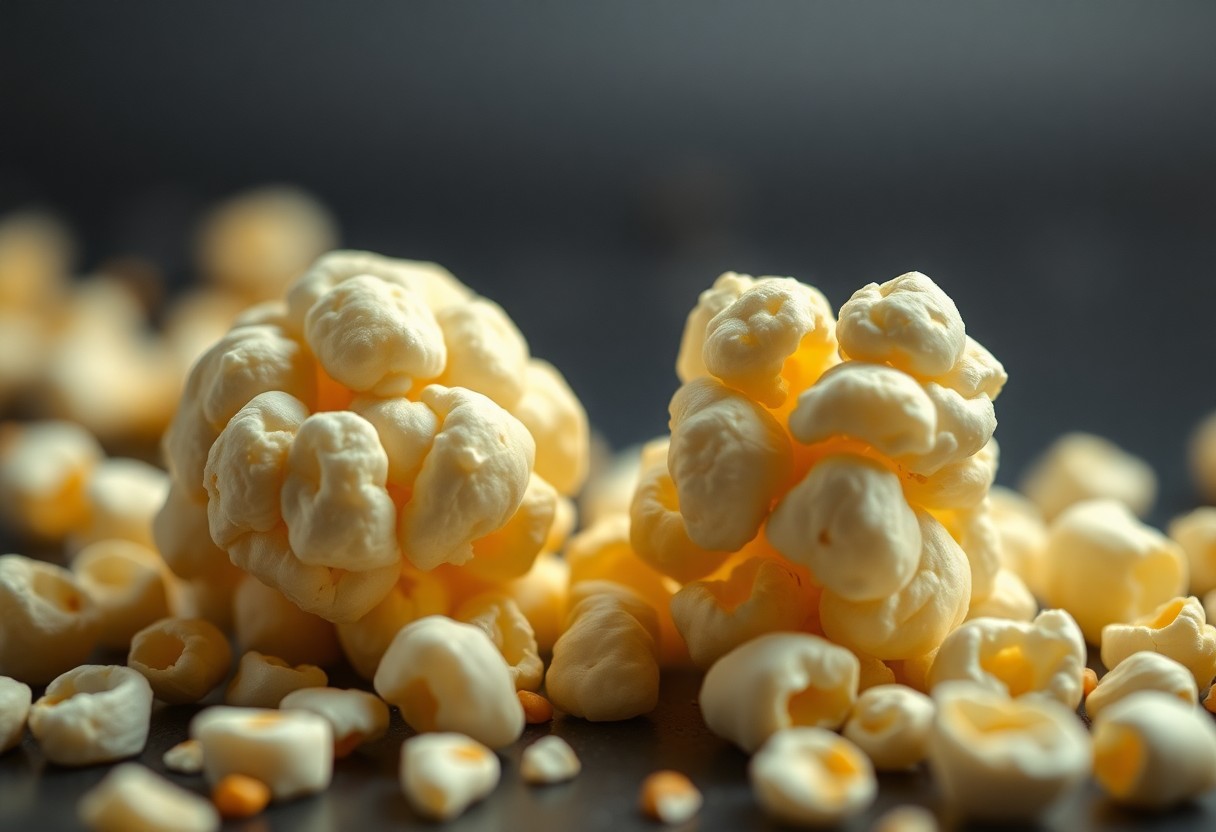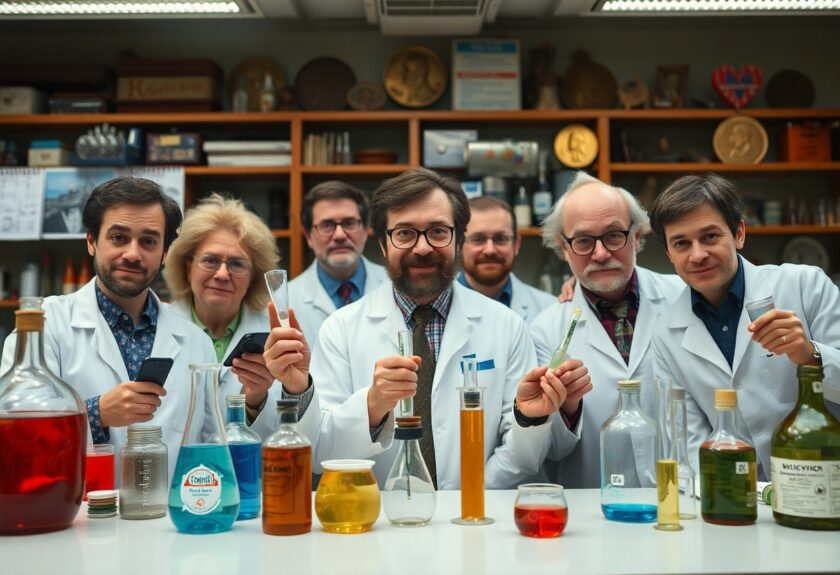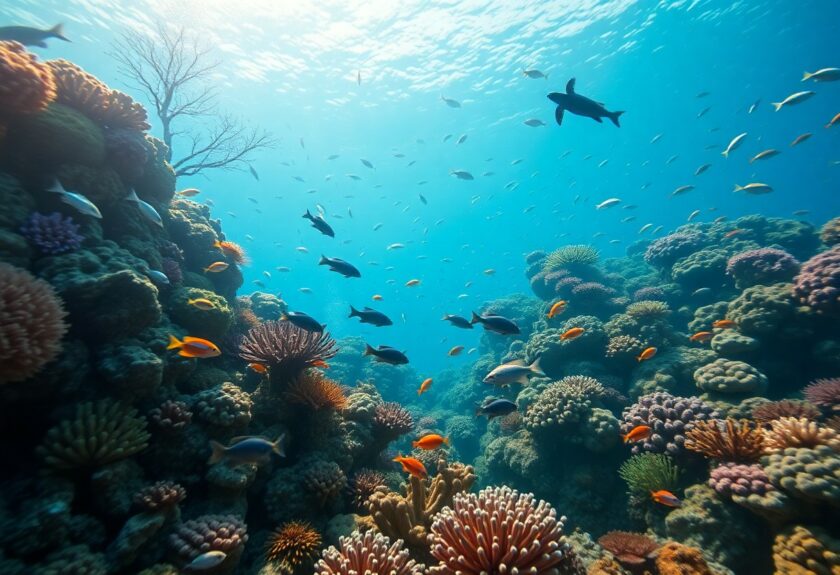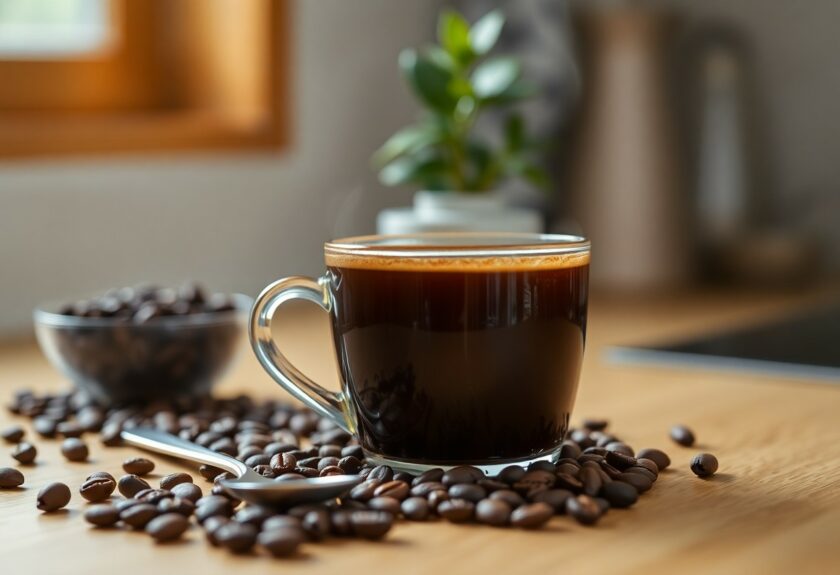Most people relish the delightful experience of enjoying a bowl of freshly popped popcorn, but have you ever wondered what magic transpires to turn those tiny kernels into fluffy, white snacks? Understanding the science behind popcorn can enhance your appreciation for this popular treat and even improve your popping technique. Let’s take a closer look at how popcorn pops and what makes it such a unique snack.
The journey of popcorn begins with the popcorn kernel itself. Each kernel contains a small amount of water stored within its starchy interior. The outer layer, known as the pericarp, is both hard and moisture-resistant. This is a vital attribute because it enables the kernel to withstand the build-up of pressure as it heats up. As you heat your popcorn, either in a microwave or on a stovetop, the water inside each kernel transforms into steam. This process occurs when the temperature reaches around 100 degrees Celsius (212 degrees Fahrenheit).
As the steam continues to accumulate, the pressure inside the kernel builds up significantly. Once the temperature rises to approximately 180 degrees Celsius (356 degrees Fahrenheit), the pressure reaches about 135 psi (pounds per square inch). At this point, the pericarp can no longer hold back the enormous pressure, causing it to burst open. This sudden explosion is what you see as the kernel pops! The steam rapidly cools and expands, turning the starch inside the kernel into the airy, light texture you enjoy while snacking.

Interestingly, the popping itself is quite a violent reaction. The kernel’s transformation from a hard shell to a fluffy snack happens in mere milliseconds. The force exerted causes the popcorn to expand to around 20 to 30 times its original size. The inherent structure of the starch within the kernel plays a significant role in how popcorn forms its unique shape. When popped, the starch gelatinises and sets in place as it cools, creating the familiar airy, crunchy structure.
There are several tips you can follow to ensure optimal popping and achieve the best results. For starters, using fresh kernels is pivotal, as older kernels may have lost moisture and could end up as unpopped or ‘old maids’. Additionally, the right temperature is important; if the heat is too low, the kernels won’t reach the necessary pressure to pop. Conversely, excessive heat can lead to burnt popcorn, so finding that sweet spot is part of the cooking chemistry.
Lastly, while popcorn is delightful on its own, you can play with flavors to enhance your snack experience. From buttery toppings to sweet caramel variations, the possibilities are endless. By understanding the science behind how popcorn pops, you can become a popcorn connoisseur, mastering both the technique and flavour combinations that make your snack truly unique.
Therefore, the simple act of popping popcorn is a fascinating interplay of heat, moisture, and pressure, resulting in a light and fluffy treat. The next time you indulge in this beloved snack, you can appreciate not just its taste, but also the captivating chemistry that brings it to life.




